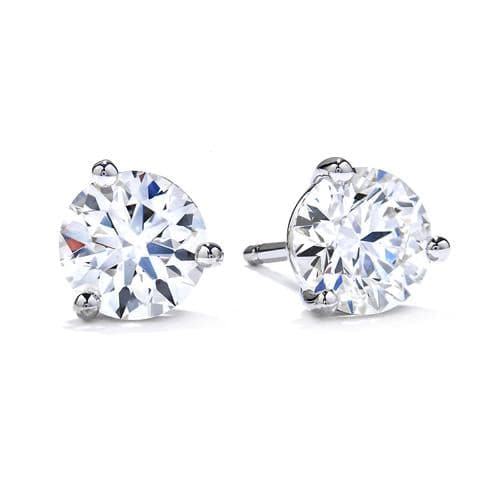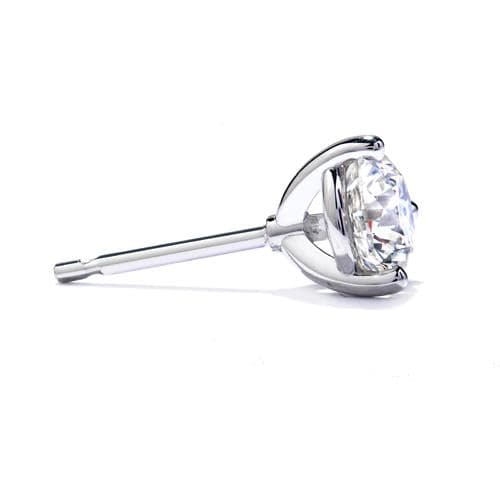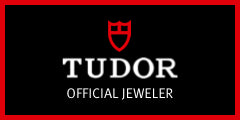When it comes to watches, every detail matters—from the craftsmanship of the movement to the design of the band. While the aesthetic appeal of a watch is undeniable, comfort and functionality play an equally critical role. This is where watch band adjustments come into focus. Properly adjusting a watch band ensures a perfect fit, enhances comfort, and protects the longevity of your timepiece. Whether you’re a seasoned watch enthusiast or a first-time buyer, this comprehensive guide covers everything you need to know about watch band adjustments.
Why Watch Band Adjustments Matter
A well-adjusted watch band does more than just enhance comfort. Here are several reasons why band adjustments are essential:
-
Comfort: A watch that’s too tight can leave marks on your wrist, while one that’s too loose may slide around uncomfortably.
-
Functionality: A properly fitted band keeps the watch face in place, ensuring accurate time reading.
-
Durability: Ill-fitting bands can cause unnecessary wear and tear on both the strap and the watch case.
-
Style: The right fit enhances the overall appearance of your watch, making it look polished and professional.
Types of Watch Bands and Their Adjustment Methods
Understanding the type of watch band you have is the first step in making adjustments. Different materials and designs require unique approaches:
Metal Bracelets
Metal bracelets, often made from stainless steel or titanium, are among the most common watch bands. These bands typically feature removable links or adjustable clasps.
How to Adjust Metal Bracelets:
-
Identify Removable Links: Look for small arrows on the underside of the bracelet, indicating which links can be removed.
-
Use the Right Tool: A pin pusher or small screwdriver is usually required to push out the pins holding the links together.
-
Reassemble the Band: Once you’ve removed the necessary links, reconnect the bracelet using the same pins.
-
Micro-Adjust the Clasp: Many metal bracelets have a clasp with multiple holes for fine-tuning the fit.
Leather Straps
Leather straps are classic and versatile but often require less technical adjustment.
How to Adjust Leather Straps:
-
Find the Right Hole: Most leather bands come pre-punched with several holes. Use the one that provides the most comfortable fit.
-
Add Extra Holes: If needed, a leather hole punch can be used to create additional holes for a better fit.
-
Replace the Strap: If the strap is too short or too long, consider replacing it with a custom-sized one.
Rubber or Silicone Straps
Rubber and silicone straps are popular for sports and dive watches due to their durability and flexibility.
How to Adjust Rubber or Silicone Straps:
-
Measure Your Wrist: Wrap the strap around your wrist and mark the excess length.
-
Cut the Strap: Use sharp scissors to trim the strap at the marked point.
-
Reattach the Buckle: Ensure the buckle is securely reattached to the trimmed strap.
NATO and Fabric Straps
NATO and fabric straps are lightweight and easily adjustable, making them perfect for casual wear.
How to Adjust NATO and Fabric Straps:
-
Thread the Strap: Pass the strap through the spring bars and keeper loops.
-
Adjust the Length: Pull the strap until it fits snugly but comfortably on your wrist.
-
Tuck the Excess: Use the keeper loops to secure any excess strap length.
Tools You’ll Need for Watch Band Adjustments
Before you start adjusting your watch band, gather the necessary tools. Having the right equipment will make the process smoother and prevent damage to your watch:
-
Spring bar tool
-
Pin pusher
-
Small screwdriver
-
Jeweler’s hammer
-
Leather hole punch
-
Scissors (for rubber or silicone straps)
-
Soft cloth or watch holder to protect your watch
Step-by-Step Guide to Adjusting Your Watch Band
1. Measure Your Wrist
Start by measuring your wrist size. Wrap a flexible measuring tape around your wrist where you plan to wear the watch. Add a slight allowance for comfort.
2. Determine the Desired Fit
Decide how snug or loose you want your watch to fit. A good rule of thumb is to leave enough room to slide one finger between the band and your wrist.
3. Prepare Your Workspace
Set up a clean, well-lit workspace. Use a soft cloth or watch holder to protect your watch from scratches during the adjustment process.
4. Adjust the Band
Follow the specific adjustment method for your watch band type. Take your time and double-check each step to ensure accuracy.
5. Test the Fit
Once the adjustment is complete, try on the watch to check the fit. Make any necessary fine-tuning adjustments for optimal comfort and appearance.
Common Mistakes to Avoid
When adjusting your watch band, avoid these common pitfalls:
-
Using Improper Tools: Using household items like knives or paperclips can damage your watch.
-
Removing Too Many Links: Over-adjusting can result in an overly tight band.
-
Neglecting to Test the Fit: Always test the fit multiple times during the adjustment process.
-
Skipping Professional Help: For complex adjustments, it’s better to seek assistance from a professional jeweler.
When to Seek Professional Help
While many watch band adjustments can be done at home, certain situations call for expert assistance:
-
High-End Watches: Luxury watches often require specialized tools and expertise to avoid damage.
-
Damaged Bands: If your watch band is worn or broken, a professional can recommend the best repair or replacement options.
-
Complex Adjustments: Intricate bands or unfamiliar designs may be better handled by a jeweler.
Caring for Your Watch Band
Proper care ensures your watch band stays in excellent condition for years:
-
Clean Regularly: Use a damp cloth to wipe down metal, leather, or rubber bands. Avoid harsh chemicals.
-
Avoid Excessive Wear: Remove your watch during activities that may damage the band, such as heavy lifting or swimming.
-
Store Safely: Store your watch in a protective case when not in use.
The Importance of a Perfect Fit
The perfect fit isn’t just about comfort; it’s about enhancing your overall experience with your timepiece. An ill-fitting watch can detract from its functionality and appearance, while a well-fitted band elevates your style and ensures you can wear your watch with confidence.
Conclusion
Watch band adjustments are an essential aspect of owning and maintaining a timepiece. Whether you’re fine-tuning a metal bracelet, resizing a leather strap, or customizing a rubber band, the process ensures your watch fits perfectly and performs at its best. By understanding the different types of watch bands, using the right tools, and following proper techniques, you can achieve a flawless fit that enhances both comfort and style.
If you’re ever unsure about making adjustments yourself, don’t hesitate to visit a professional jeweler. With our expertise, you can ensure your watch band is adjusted to perfection, leaving you to enjoy your timepiece to the fullest.
Embrace the art of watch band adjustments and experience the difference a perfect fit can make in your daily life.







